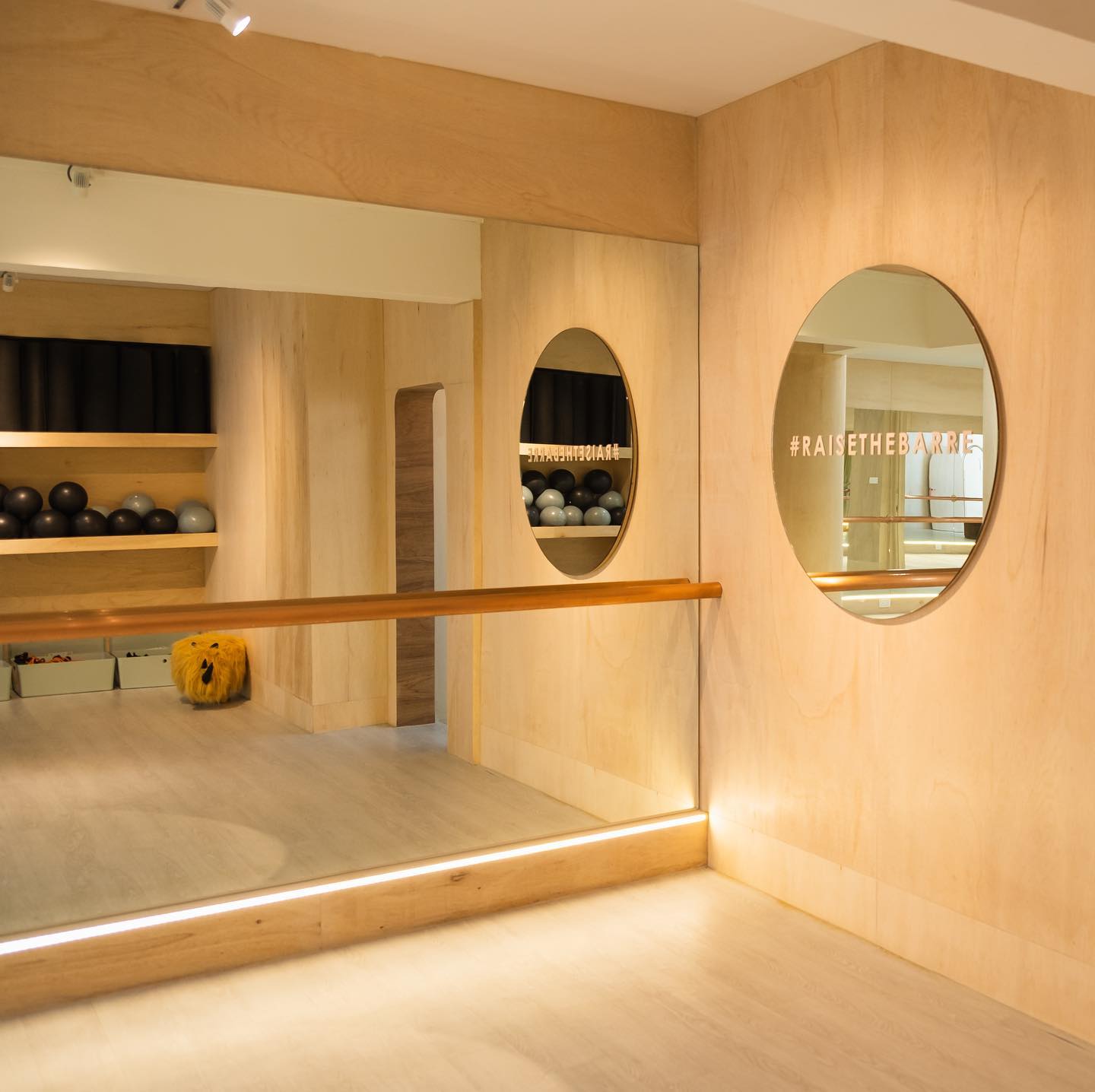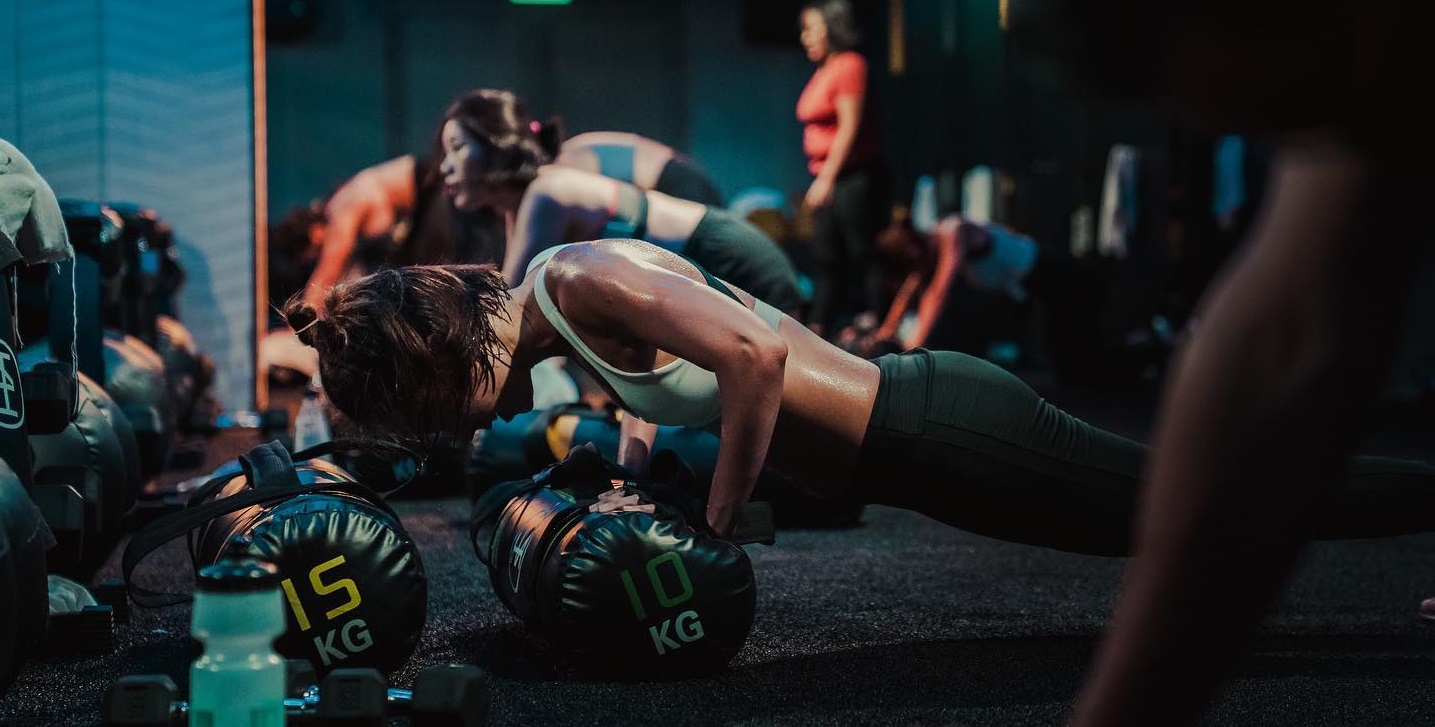Biking, running, swimming or even the occasional jog—chances are that the majority of our fitness regime is made up of cardiovascular workouts. After all, a good cardio exercise is one of the easiest ways to keep fit. Recently, however, cardio’s had to share the limelight with another kind of training—weights.
Weighing the Options
If the focus on this particular kind of workout seems a little sudden, you’d be surprised to know that the movement for weight (or resistance) training began in the late ’90s when the fitness boom hit. “People became more aware of the different ways of keeping fit, especially after the government’s push for a healthier lifestyle,” says Joan Liew, a 30-year-old director with Fitness Factory. “The trend became a lot more popular around a year or so ago, when more fitness clubs started popping up,” adds Silas Rabi, a 35-year-old trainer for Fitness 360.
Unlike its aerobic counterpart—which is more concerned simply with fat burning—a weight workout is also designed to increase muscular strength and endurance, while improving muscle tone and appearance. “Weight training improves strength, and strength can improve physical performance. This leads to a greater enjoyment of recreational and leisure activities, which are not just limited to sports,” elaborates Liew. “Moderate strength will help lessen fatigue. If you’re in shape, you can go farther and feel better.”
And building up your strength isn’t the only appeal of weight workouts. “By embarking on a regular weight training program it can allow an improved sense of well-being through the physical effects of improving strength,” adds Liew. “And looking good means feeling good as well.”
The reasons for weights’ rise in popularity aren’t just superficial and recreational ones either. While trainers stress that both types of workouts are important for the body, a cardio workout alone isn’t enough to maintain muscle fitness. Conditioned muscles help promote healthier attributes such as better posture and support for your joints, and decreases your chances of sustaining injuries. This also means that, in the long run when you’re older, weight training will aid your mobility. After all, Rabi says, “Not many people know that weights are the only form of training that helps build up bone density. “
Pump It Up
Unlike cardio workouts, where all you’d need to do is slip into your running shoes or head to the pool, weight workouts obviously use a variety of equipment, which can generally be segregated into two categories—free weights and machines.
“Machines have been designed to stress every major muscle group,” explains Liew. Some types of machines include those that use weights for resistance, isokinetic machines, and pneumatic devices. “Free weights are typically barbells and dumbbells. Most resistance exercises, be it free weights or machines, use gravity to create resistance.”
It’s suggested that beginners with no prior experience with weight training start with the machines. “A machine weight exercise incorporates a guided application of variable resistance that follows a path of an elliptical, circular or kidney-bean shaped track or lever system,” explains Liew. “It would be easier for a total beginner to learn the proper technique of the particular exercise before commencing with free weights.”
Once you’ve got the feel of it, however, don’t abandon machine weights altogether. Trainers encourage that you mix up both free and machine weights in your training program, as each has its own set of advantages—free weights, for example, develop better balance, while machine weights encourage safer positioning.
There’s no hard and fast rule about how to utilize weight training to its full potential, as it’s all based on each person’s capabilities. Rabi, however, says that there’s a simple way to measure how effective the workout is for you. “As long as you can do a maximum of 15 repetitions, but are still struggling a little, that’s the ideal weight. If you find yourself being able to do the 15 reps easily, then it’s time to increase the resistance,” he explains.
Of course, with all this equipment, the question of safety usually does turn up for anyone looking to make the shift and include some weights along with their cardio. “Understandably, a lot of people have a fear of workouts that involve weights, but like cardio, weights are generally quite safe,” assures Rabi. Just like in cardio, moderation really is the key to keeping yourself safe. “Cardio and weights train the use of different energy systems and the various age groups will have their specific limitations,” adds Liew. “But they’re both very safe, as long as everything is done within your personal capabilities.”
Beefcake!
There’s a tendency to associate weight training with weight lifters and the overly muscular physique of body builders. While a nice bod is one of the aims of this type of workout, a figure that’s really bulked up may seem unattractive to some and is one of the main concerns of anyone who wants to take up the training. Liew, however, assures us that to even get to that level would really be quite unlikely. “It’s a whole different ball game,” agrees Rabi. “You’re talking about hours of commitment and an entirely different diet altogether.” In fact, he adds, it’s even more difficult for ladies in particular to beef up to Schwarzenegger proportions, due to the lack of testosterone.
At the end of it, despite a shift in popularity, trainers say that both types of workouts are equally important to your well-being, complimenting each other with what they have to offer.
Hangin’ Buff
If you’re looking to add weight training into your workout regime, drop a line to either of these personal trainers:
Fitness Factory 8298-0109, [email protected]
Fitness 360 International #03-11 The Gallery Hotel Complex, 76 Robertson Quay, 6366-4588, [email protected]





